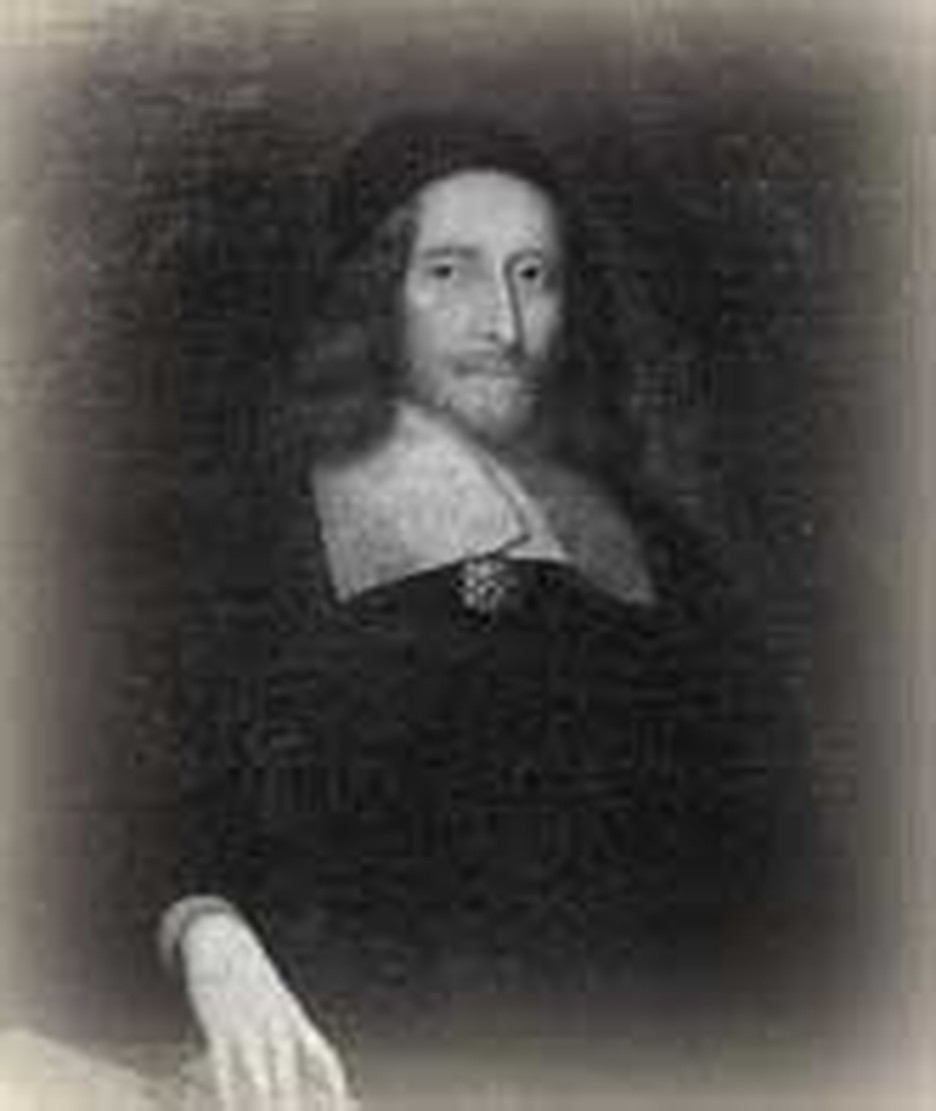
It wasn't easy to be an independent pastor in 17th century England when there was but one church the government approved. Yet George Griffiths handled the role so well that he was always being asked to lend a hand in some important work or another. For example, he sat on a governmental committee that determined which men were suitable candidates for church positions. He was one of the ministers chosen to advise Parliament when it condemned a Socinian confession of faith. (Socinians deny the divinity of Christ.) He was on a committee which promoted missions to American Indians, and worked on various committees to unify Protestants and a committee to provide relief to persecuted French Protestants. In 1658, Griffiths was an organizer of the Savoy Conference which produced A Declaration of Faith and Order Owned and Practiced in the Congregational Churches of England. The letters summoning pastors to the meeting went out in his name. Later in life, he was on a committee which managed a common fund to relieve impoverished Congregational pastors.
A leading non-conformist (one who did not accept Church of England ways), Griffiths pastored a large congregation and is credited with helping to keep Congregationalism alive in England during the ferment of Oliver Cromwell's Protectorate and the Restoration of Charles II. He was respected enough that Parliament and Cromwell had him preach to them on several occasions, and they even authorized money to print the sermons he gave on those occasions. It seems he never took them up on that offer. But because of his association with the Parliament, he was later described as "a notorious independent."
Following the Restoration, he lost his official positions, but continued to preach and to attempt reconciliation between Congregational and Presbyterian churches as well as lending a hand to needy pastors of other persuasions. For the most part, the government ignored him, although they did search his house once, looking for Richard Cromwell, the fugitive son of Oliver Cromwell.
In 1672, Charles II issued his declaration of indulgence, which eased restrictions on those who did not conform to the Church of England. This included Griffiths and resulted in him receiving on this day, April 22, 1672 a license to preach in his own home. However, he suffered additional harassment in 1682 and 1684.
John Bunyan is thought to have visited Griffiths' church when he was in London. (For many years, Griffith's congregation met in a hall on Sunday afternoon, another independent congregation using it in the morning.) Griffiths also worked with Richard Baxter, an influential pastor and one of the most prolific religious authors of that day.
After the Rye House Plot (a plan to assassinate Charles II and his brother James), Griffiths was placed under surveillance which led to him being fined £20 on March 22, 1684 for preaching illegally. Later King James II sought Griffiths' backing when he was about to lose his throne. Griffiths and others would only promise peaceableness and dutiful obedience.
Such were the difficulties of pastors in those troubled times. But George Griffiths surmounted them all. He died in 1702.
Bibliography:
- Dexter, Henry Martyn. The Congregationalism of the Last 300 Years as Seen in its Literature. London: Hodder & Stoughton, 1970, p.669 footnote.
- Greaves, Richard L. Saints and Rebels; seven nonconformists in Stuart England. Mercer University Press, 1985.
- Jones, R. Tudur. Congregationalism in England, 1662-1962. London: Independent Press, 1962.
- Lacey, Douglas Raymond. Dissent and Parliamentary Politics in England, 1661-1689; a study in the perpetuation and tempering of parliamentarianism. New Brunswick, N.J., Rutgers University Press, 1969, pp. 219-220.
- Walker, Williston. Creeds and Platforms of Congregationalism. Philadelphia and Boston: Pilgrim Press, 1969.
Last updated May, 2007.








